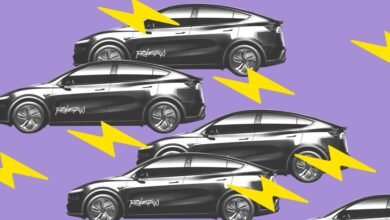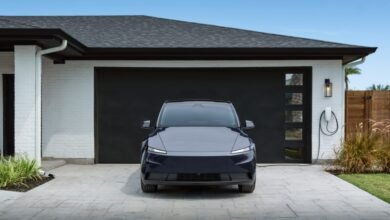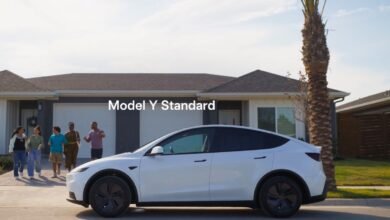Tesla’s Austin Robotaxi Test: 3 Crashes on Day One

▼ Summary
– Austin, Texas has become a major hub for autonomous vehicle testing, attracting companies like Waymo, Zoox, and Tesla due to its permissive regulations and favorable road conditions.
– Tesla reported three crashes on the very first day of its autonomous vehicle testing in Austin, July 1.
– By the end of July, Tesla’s autonomous testing program had only accumulated a very low total of 7,000 miles driven.
– In stark contrast, Waymo has a significantly lower crash rate, having experienced 60 crashes over 50 million miles of testing.
– While two Tesla crashes were rear-end collisions likely not its fault, a third crash involved a Model Y hitting a stationary object, causing a minor injury.
In the burgeoning world of autonomous vehicle development, Austin, Texas has rapidly become a central hub, attracting major players with its favorable regulations and expansive roadways. While California pioneered the initial testing phase, Texas offers a compelling alternative with its straightforward infrastructure and generally clear skies. This environment has drawn companies like Waymo and Zoox, and more recently, Tesla joined the fray. The electric vehicle giant’s entry into this competitive space, however, encountered immediate difficulties.
Reports indicate that Tesla’s robotaxi testing in Austin got off to a rocky start. On the very first day of operations, July 1, the company’s vehicles were involved in three separate crashes. This information came to light through official crash reports highlighted by an industry observer. Adding context to these incidents, CEO Elon Musk revealed during a quarterly earnings call later that month that Tesla’s entire testing program had accumulated just 7,000 miles by that point.
This early safety record stands in stark contrast to the performance of a key competitor. Waymo’s reported crash rate is substantially lower, with data showing approximately 60 incidents over a vastly greater distance of 50 million miles driven. It is worth noting that Waymo’s total autonomous mileage has since grown to exceed 96 million.
A closer look at the Austin incidents reveals different scenarios. Two of the three crashes involved other vehicles rear-ending the Tesla Model Y. In at least one of these cases, the evidence suggests the Tesla was not at fault. The third crash, however, was more concerning. A Model Y, which had a safety operator inside, collided with a stationary object at low speed, resulting in a minor injury. Furthermore, an additional fourth crash reportedly occurred in a parking lot, but it was not included in the official reports due to the location. A significant challenge for understanding the full picture is that Tesla has redacted most of the specific details within the publicly available crash documents.
(Source: Ars Technica)





